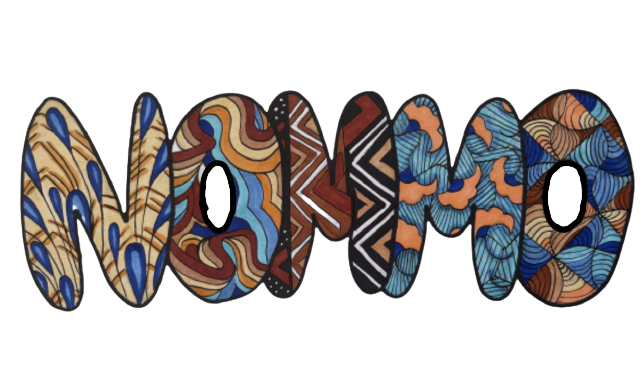Following the rise of the BLM movement this last summer, there has been a significant increase of awareness from non-black allies to #BuyBlack and pressure for the fashion industry as a whole to elevate Black-owned businesses and creators. Historically, there has been a complicated relationship between Black culture and the fashion industry, with one too many cases of appropriation and the commercialization of Black culture without benefiting Black people.
However, it is important to give context and credit to the Black community for today’s fashion trends.
Streetwear has been an integral part of Black culture and has defined Black fashion trends since its origin in the 70s. Black designer Willi Smith is credited as the inventor of streetwear, as he introduced it in a high-fashion lens. From the 80s hip-hop era to today, Black artists have paved the way for their own styles within a ‘streetwear’ frame. While American fashion designer Dapper Dan created a wave of fashion in logomania, Michael Jordan’s ‘Air Jordans’ elevated sneaker culture among Black youth and today’s general public.
From everyday life to runways, nail art and contemporary acrylics are popularized in every form today. Although they were not necessarily founded within Black culture, it is important to recognize the role Black women have played as the head of the wave. Black track and field athlete Florence Griffith Joyner (Flo Jo), who is considered the fastest woman of all time, introduced elaborate acrylics to the media when she competed with extravagant nails. 90s artists Missy Elliott and Lil Kim also laid the foundation for its mainstream rise. Today, rising rappers like Megan The Stallion and Saweetie continue to put their own twist on the style.
Similarly, Black women also popularized hoop earrings. Rooted in Sudan and Egypt, hoop earrings are present in many cultures. From civil rights activist and entertainer Josephine Baker in the 20s to the Black Power movement and Black icons Nina Simone and Angela Davis in the 60s, hoops became a statement piece for Black women throughout history.
Despite the popularity, these trends rooted in Black culture continue to be used against Black folks. Streetwear trends like baggy pants and tops have been criminalized against Black men. When worn by Black women, acrylics and hoops are still frequently deemed as “unprofessional”, “ghetto,” or “ratchet”. Phrases like “the bigger the hoop, the bigger the hoe” have been used to stigmatize the trend and discourage Black and Brown women from participating. These frames are rooted in classism and misogynoir, but Black folks continue to move past the boundaries.
Today, Black creators continue to set the trends for fashion and carry on the idea that we are the blueprint.
Telfar Clemens has re-established Black designers’ role in high-end fashion for the people with his growing Telfar Shopping Bag collection that gained traction in summer 2020. Creators like Rihanna, through her Fenty fashion line, continue to place pressure on the fashion industry’s path to inclusivity and acceptance of different body shapes and sizes.
